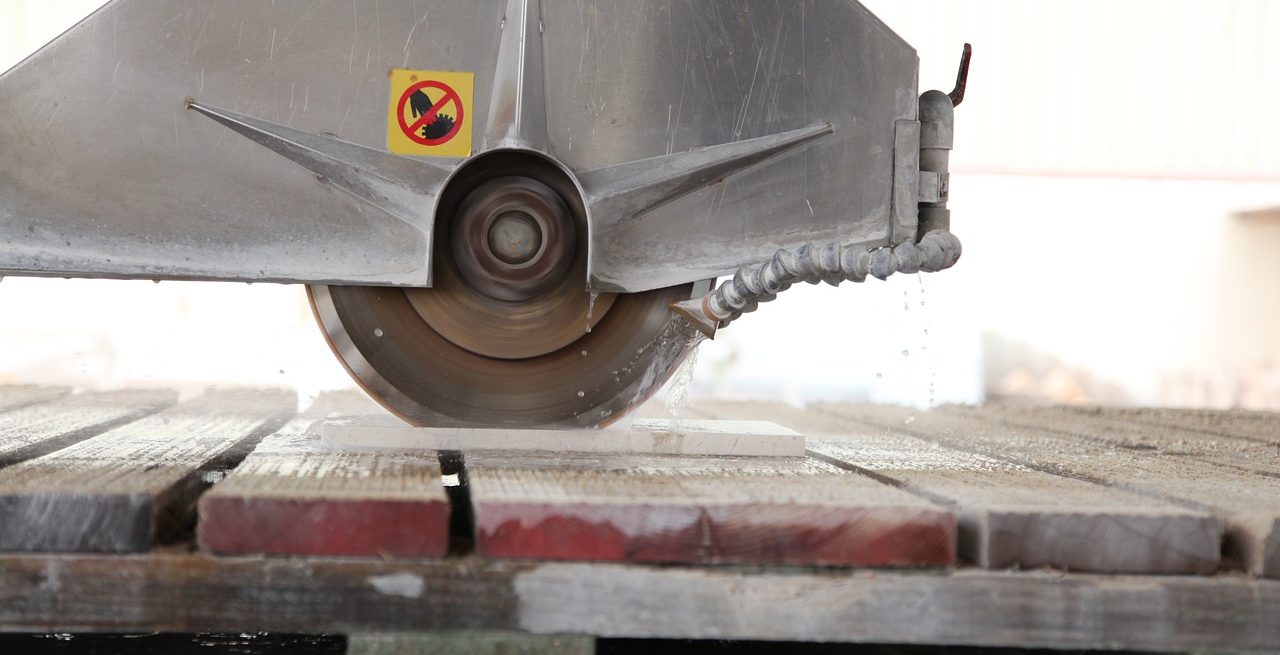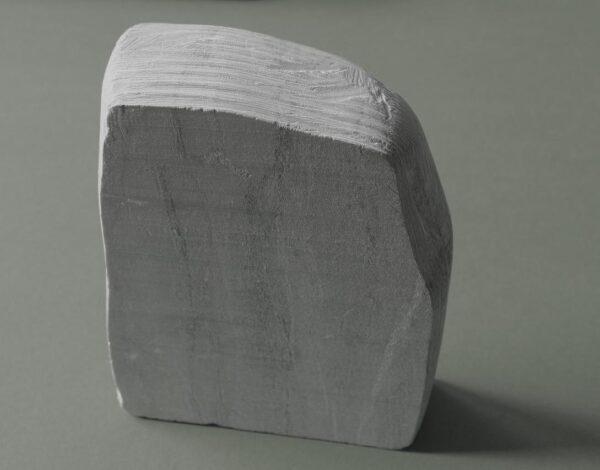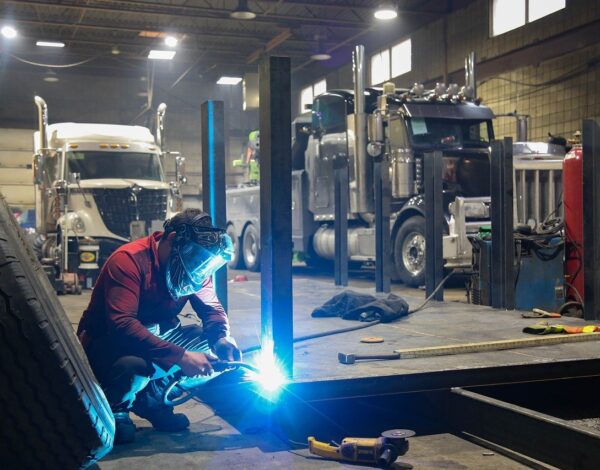

Choosing the Right Abrasive Wheels for Chop, Stationary, and Gas Saws
Aside from wearing the proper PPE while working with abrasives, one must choose the right wheel in order to maintain maximum safety and efficiency. Chop saws, stationary saws, and high-speed gas saws require different cutting wheels to accommodate differences in power, pressure, RPM, and designated applications to avoid common problems.
Chop Saws
Chop saws offer a wide array of benefits, including low power and ease of set-up due to their compactness and portability. Though chop saws are used for cutting many different materials, this tool requires a specific wheel, and operator must avoid applying excess pressure. It will not increase the speed or performance of the tool, but rather, will cause uneven and sharp edgewear on the abrasive.
Abrasive wheels in chop saw applications come in single or two-layer fiberglass construction. Single layer cutting wheels have a center reinforcement for faster, smoother cuts. The downside to them is that they have less resistance toward vibration.
Choosing the right wheel depends on the end goal and type of material being cut. Two-layer fiberglass wheels are designed to accurately cut thin metal at a low power, while one-layer fiberglass wheels are optimum for applications requiring fast cuts. Chop saws and triple-layer wheels are not built for one another, as the fiberglass layers will not break down at a low speed.
The following measurements should be identified when choosing wheels for chop saws:
– 1-inch arbor and 3/32-inch wheel thickness
– 12, 14, and 16-inch sizes
– Lower RPM
Stationary Saws
As with the name, stationary saws are mounted on stable platforms, giving them the ability to operate safely at a much higher power. These saws are larger, have a flexible profile and a higher torque, which requires two layers of reinforcement. Such wheels should never be used on chop saws.
The incorrect wheel is in place if it is not clamped securely. However, when working with any abrasives, a secure clamp does not necessarily mean that the wheel is compatible with the saw or application. Checking the RPM on the wheel is far more important. Stationary saws are compatible with wheels with higher RPM.
The following measurements should be identified when choosing wheels for stationary saws:
– 1-inch arbor and 1/8-inch wheel thickness
– Available in larger diameters including 20-inch sizes
– Higher RPM
High-Speed Gas Saws
High-speed gas saws provide the most power and are built tough and long-lasting. Though they are heavy, they are highly mobile and popular with independent contractors. There should always be additional focus on PPE to accommodate for higher speed and power when operating these tools.
When choosing the right abrasives, double or triple-layer fiberglass wheels offer confidence when using high powered saws. Double-layer wheels on gas saws are ideal for hardened rail steel and offer increased cuts with a longer lifespan. Triple-layer wheels require higher speed and RPMs.
The following measurements should be identified when choosing wheels for gas saws:
– 12, 14, and 16-inch diameters
– 20 millimeter and 1-inch arbor options and 1/8-inch wheel thickness
– Higher RPM
Selection Assistance From Rocky Mountain Air
At RMA we test all of our cutting wheels against competitive wheels for safety, performance, efficiency, and cost savings. We can compare any wheel you are currently using side by side to provide you with a higher performing, longer lasting wheel for almost any application. This level of testing is true for all of our abrasives and is backed by industry professionals with years and knowledge and expertise. These experts are well versed in selecting the appropriate wheels based on material, wheel thickness, and RPM to match the multitude of applications and industries we serve, and are available to answer your questions, from safety tips to finding the right wheel for your application. Contact a representative at any of our branches across the Rocky Mountain region today.



